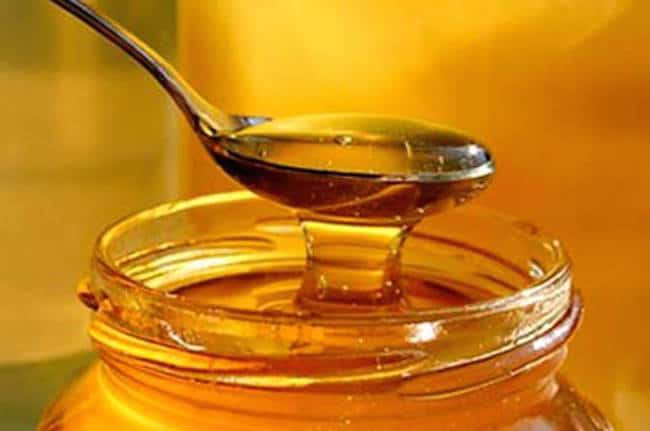
High fructose corn syrup or HFCS is seen by some to be the single cause for the obesity epidemic we are currently facing, but is it really any worse that other forms of sugar?
Depending on who you talk to, you will get a different answer to this question. However, despite the varying opinions on the subject, the consensus in the scientific world seems to be that HFCS is no worse for us than other forms of sugar.
Epidemiological studies have shown a definite rise in obesity that coincides with the increased use of HFCS in the American food chain, however, studies into the action of the substance on the body have suggested that there is no difference between this and normal table sugar on biochemical processes in the body.
Although there is no evidence suggesting that HFCS is causing obesity, it is admitted that the area will benefit from further research.
What is high fructose corn syrup?
HFCS contains a mixture of the two sugars fructose and glucose. There are two main types of HFCS, one which contains 55% fructose and 45% glucose (HFCS-55) and the other, HFCS-42, which contains 58% glucose and 42% fructose. In comparison, table sugar, also a mix of fructose and glucose contains roughly 50% of each sugar type, so there really is very little difference in the composition. Similarly both table sugar or sucrose and HFCS contain the same amount of calories per gram.
The main difference between table sugar and HFCS is the structure. Whilst glucose and fructose are bound together chemically in table sugar, this is not the case in HFCS. This means that HFCS is broken down to basic sugars in the body faster as these bonds do not need to be broken. Despite this however, no studies have shown a difference in the effect on hunger hormone production, insulin production, blood sugar levels, satiety or appetite regulation between the two sweeteners.
HFCS has found its way into the American food chain in increasingly high amounts for years, mostly due to its cheap price being attractive to food manufactures. It can also help food to last longer making it even more cost effective. The use of HFCS in food manufacturing varies widely around the globe, however, in America, there is no doubt that many of our supermarket products rely heavily on this sweetener.
What foods contain high fructose corn syrup?
Pretty much any processed food has the potential to contain HFCS, even those that are not considered a ‘sweet’ food such as bread. Soft drinks are a major culprit, as are salad dressing, sauces, jams and spreads, ice cream and any other sweet food.
Should we avoid high fructose corn syrup?
The American Medical Association has deemed HFCS to be no worse than any other calorific sweetener in terms of obesity and health based on the available evidence. HFCS may be a contributor to the obesity epidemic in the United States; however, it is unlikely to be the sole cause.
There is no doubt that as a population we are consuming too much sugar, be it from HFCS, sucrose, honey or any other source. As such, whilst there is no evidence to support the avoidance of HFCS containing products in particular, it is probably advisable to cut down on overall sugar intake, including intake of HFCS, which plays the role of sweetening so many foods.
It is recommended that the average adult should consume no more than about 8 teaspoons of sugar per day, although this number will vary with different energy requirements, gender, and physical activity levels. This may seem like a lot, but remember this is not just the sugar you put in your coffee, it also includes all the added sugars in the processed food we eat, much of which we may not even realise contains sugar. Bear in mind that a 12 oz can of cola drink contains over 10 teaspoons of sugar and you will see how quickly sugar consumption can add up!
How to cut back on sugar
Most people eat too much sugar and sweetened products in day to day life. This can cause to weight gain due to excess calories, damage teeth and increase risk of diabetes. Here are some tips to cut back on your sugar intake.
Reduce sugar in drinks
Slowly reduce the amount of sugar added to hot drinks, if you do this gradually your palate will adjust to the change and eventually you will get used to less or no sugar. Try to choose water as your main drink and limit soft drinks and juices to occasional treats. Juice can have just as much sugar as sodas, so dilute with water and don’t drink them every day. Avoid fruit ‘drinks’ and cordials which contain a huge amount of sugar but very little nutritional value.
Learn to read the food labels
Sugar comes under many disguises so learn the other names that may appear on labels such as dextrin, honey, cane sugar and corn syrup. It’s all sugar! When choosing foods, aim to eat more foods where sugar is further down the list of ingredients and definitely not in the top three as this means the main components of the food are sugar.
Choose foods with less sugar per serve
Compare labels when choosing products and pick those with less sugar per serve, for example breakfast cereals should have less than 5g per serving. Do make sure that you are comparing like serve sizes though, as this can give misleading information and be aware that products containing dried fruit will naturally contain more sugar.
Reduce sugar in baking
Reduce sugar in baking where possible either by replacing with pure fruit purees or simply leaving it out and add flavour with spices or vanilla.
Avoid syrups
Avoid syrups which are simply a concentrated form of liquid sugar that are easy to over consume.
Prefer unsweetened products
Buy unsweetened products where possible, such as natural yogurt.
References used in this article
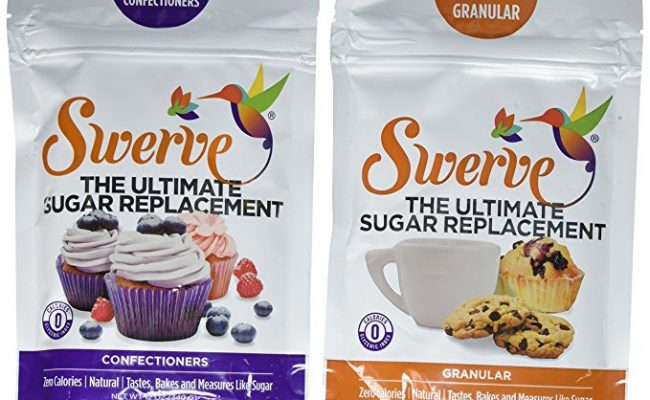
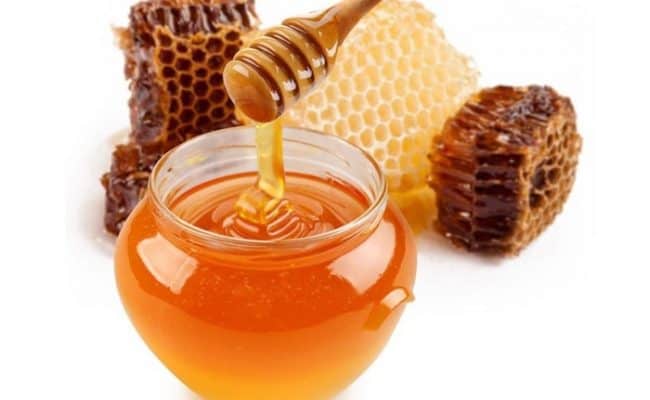
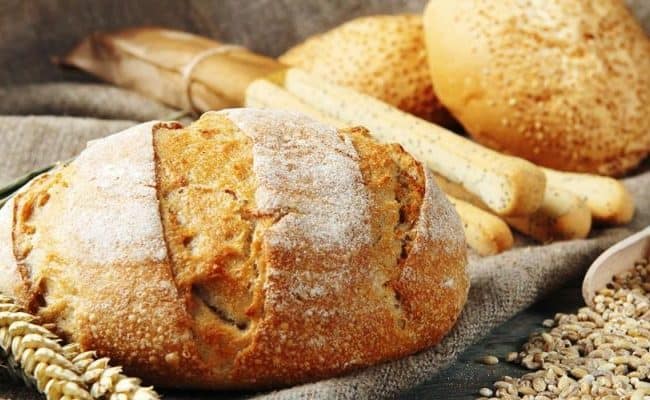

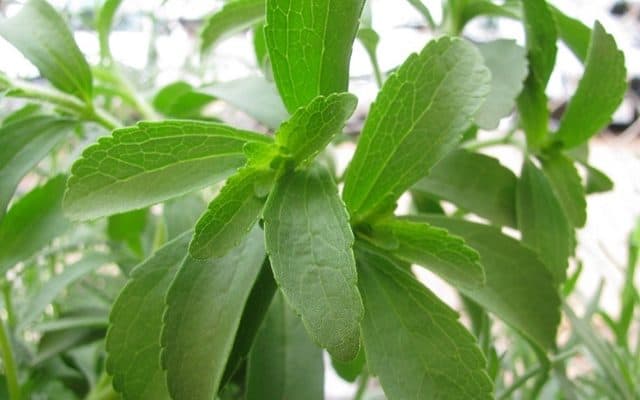
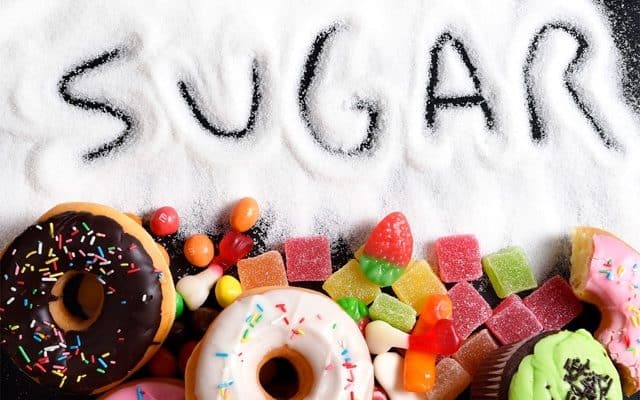
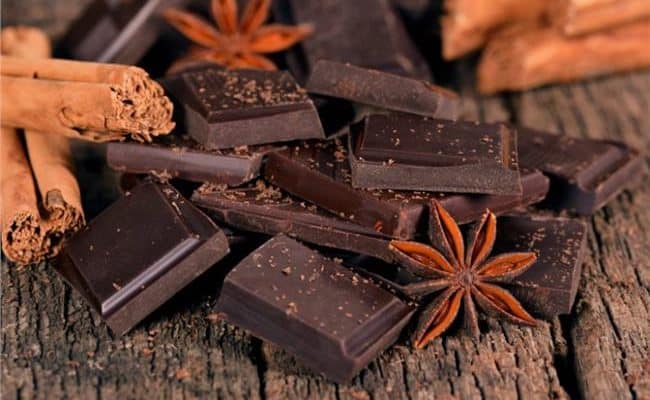
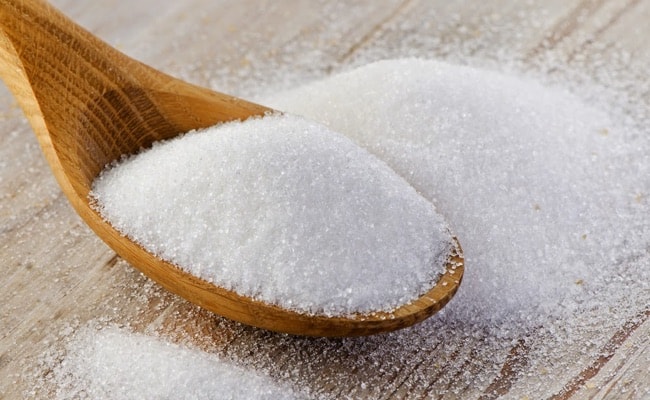
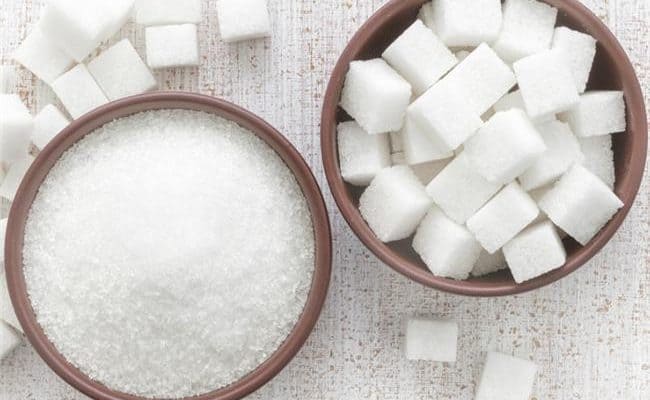


George Muse says
How can I cite this article? In an MLA format, especially.
Currently working on a Research Essay for Sugar vs High Fructose Corn Syrup.